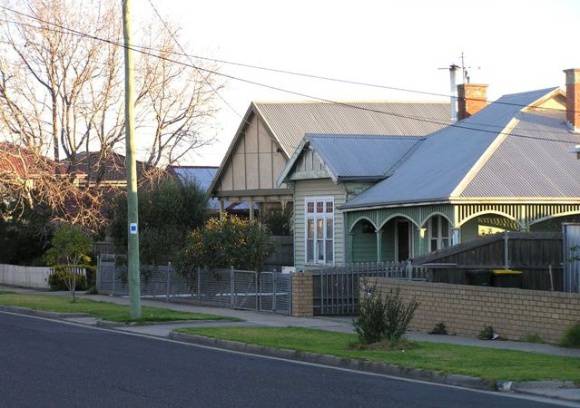| Back to search results » | Back to search page » |
|
McKay Housing Estate - Durham Rd
LocationDurham Road, SUNSHINE VIC 3020 - Property No B2 LevelIncluded in Heritage Overlay |
|
Statement of Significance
This McKay housing subdivision is of national historical and social significance as a part of a suburb created by Australia's leading industrialist and as a milestone in the development of the industrial suburb under the influence of the model worker's towns and Garden City movements. Sunshine became a yardstick for planning and housing reformers, with H.V. McKay being regarded as an expert on planned industrial housing. The McKay estate is ofarchitectural significance as it marks a crucial phase in the development of Sunshine, housing the resident work force which promoted further industrial development. The group of houses in the precinct represent the type of houses built either by or for company employees and managers during the period of H V McKay's dominance of Sunshine's economy and development. Historically, the precinct has significant associations both with H.V. McKay, who planned and oversaw development of the precinct, and with the dozens of employees of the Harvester Factory who built and resided in the houses.While a number of original houses have been demolished, the remaining stock provides a representative sample of homes that are generally typical of the period with several distinctive architectural designs, some of which can be ascribed to J Raymond Robinson, who might be considered the de factho company architect for theMcKay Sunshine Harvester Works. Characterised generally by steep gabled corrugated iron clad roofs (with hipped roofs on some of the earliest examples), weatherboard cladding and timber trimmed verandahs, the houses are also set on generous allotments, often with deep setbacks. These elements contribute to the gardensuburb character that was intended in the original town planning designs, and perpetuated in the perceptions of Sunshine's character. It should be remembered that in the early 20th century, Sunshine's generous suburban estates were atypical of working class housing of the period.
Group
Residential buildings (private)
Category
Residential Precinct




